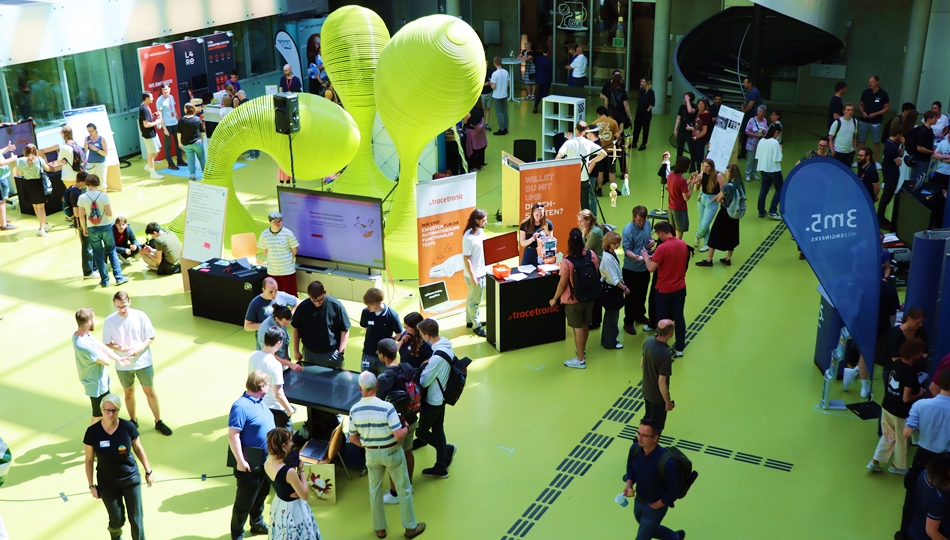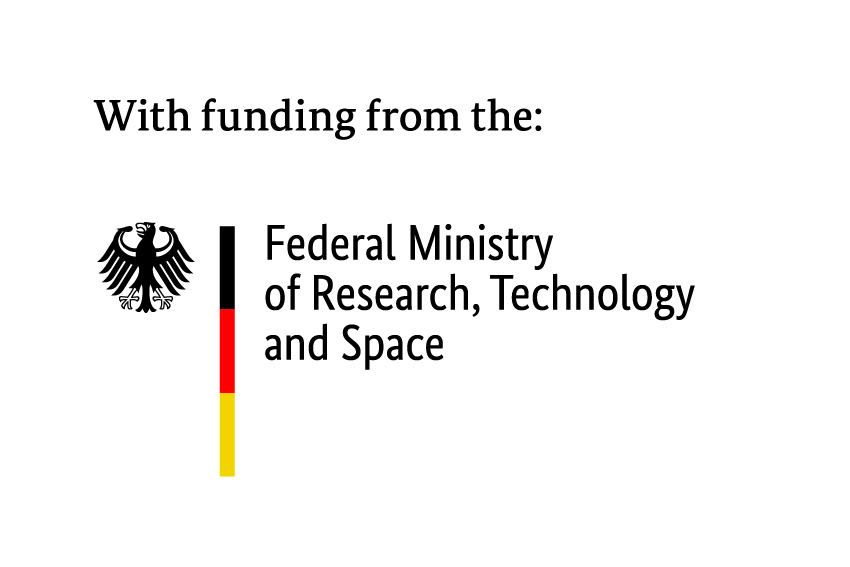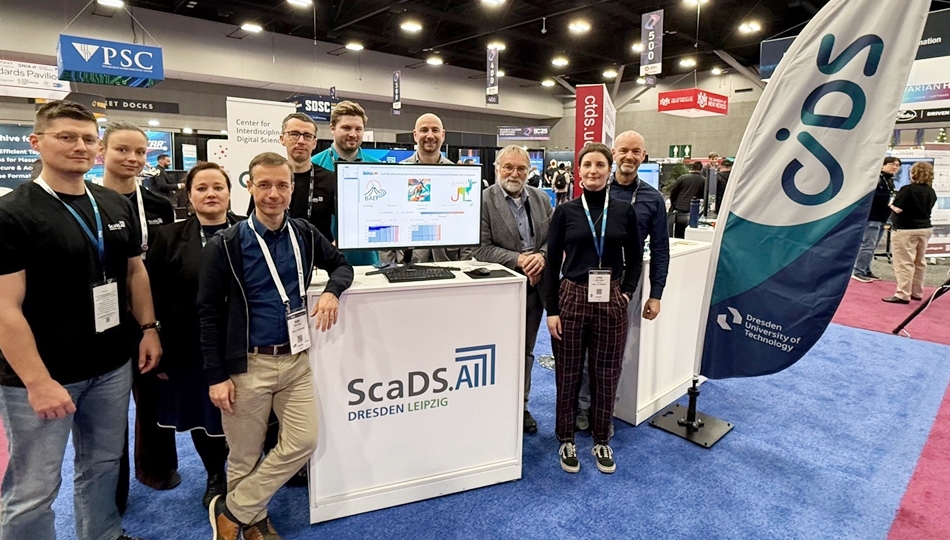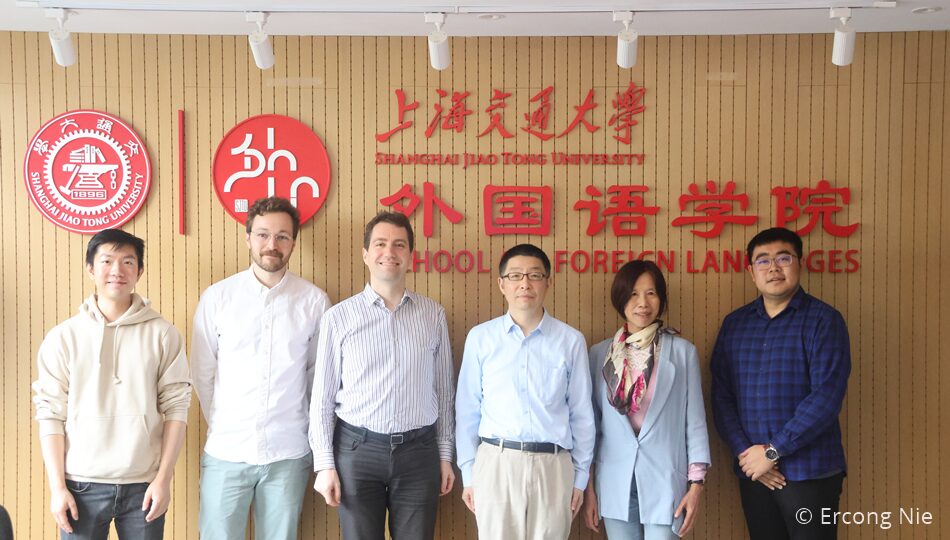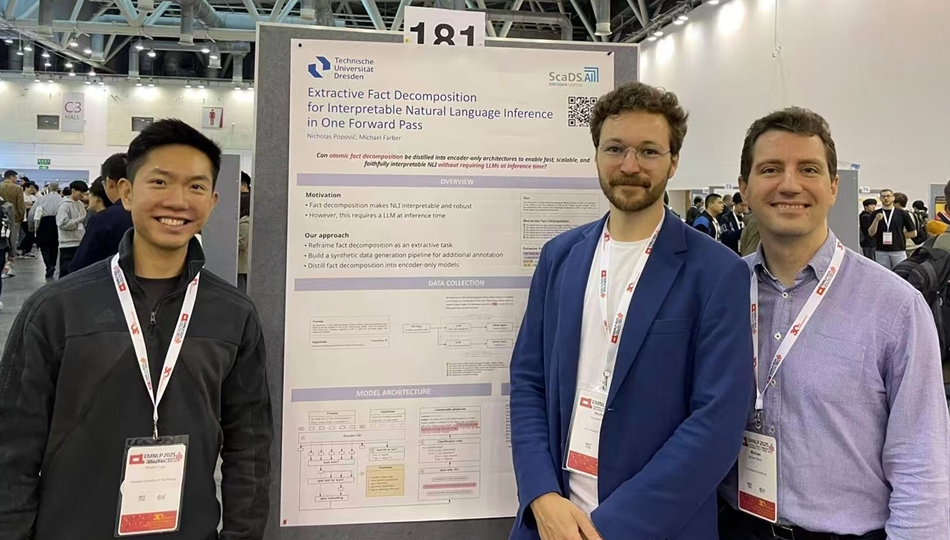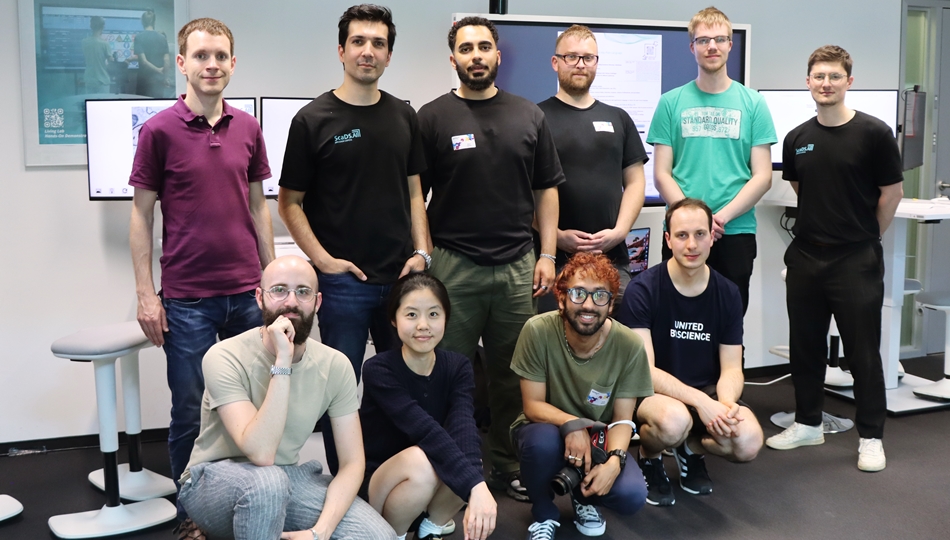
June 20, 2025
OUTPUT.DD 2025 – Showcasing Projects at the Faculty of Computer Science

On June 19, 2025, the Faculty of Computer Science of TU Dresden invited interested people to their project show OUTPUT.DD. ScaDS.AI Dresden/Leipzig was thrilled to once again present the latest research projects to students, colleagues and experts from science and industry. The doors to our Living Lab opened at 2:30 PM. Soon, the room was packed with visitors who wanted to know more about our research. This time around, we set a focus on four specific demonstrators.
Research projects presented at OUTPUT.DD 2025
GPTKB – Massive knowledge extraction from the GPT language model
Large language models (LLMs) have greatly advanced AI and natural language processing. In addition to their ability to perform many different tasks, their great success lies in the fact that they have a lot of factual knowledge. For years, researchers have been interested in how much these models really “know”. The team around Prof. Simon Razniewski has developed a new method with which the knowledge of an LLM can systematically and comprehensively be captured. To do this, we ask it many questions and intelligently summarize the answers. As a test run, we used GPT-4o-mini to create GPTKB – a huge collection of knowledge with 101 million facts about 2.9 million subjects.
Prof. Simon Razniewski and Yujia Hu showcased the GPTKB demo at the Living Lab.
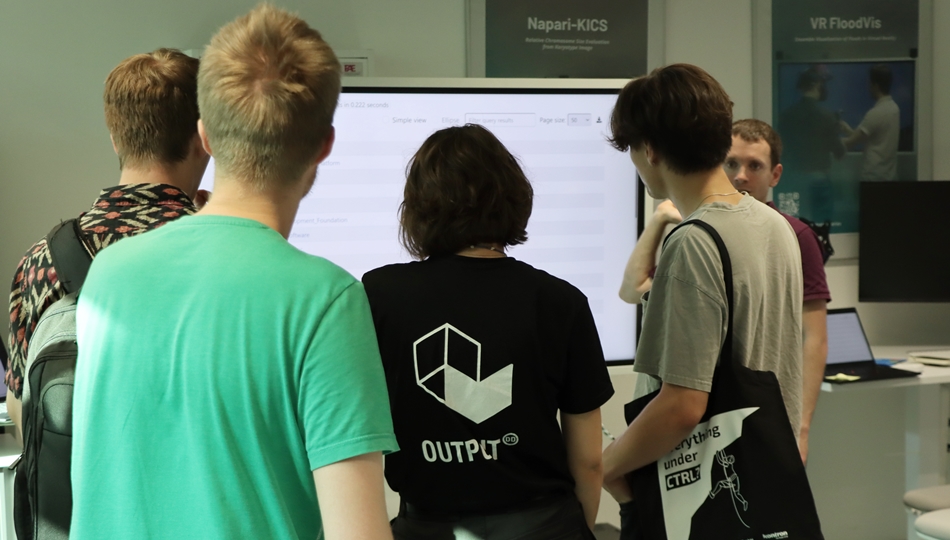
asanAI: Machine learning made easy
asanAI allows you to experiment with Machine Learning without any prior knowledge. You can train on your own images, or even webcam data, without ever leaving the browser. You can also use CSV files, or any arbitrary tensor data. With a click of your mouse, you are able to add or remove layers or change their settings. asanAI is an almost complete graphical user interface to TensorFlow.js.
asanAI was presented by Norman Koch, who motivated many interested visitors to further work with the open source software from home. You can also try it out yourself here.
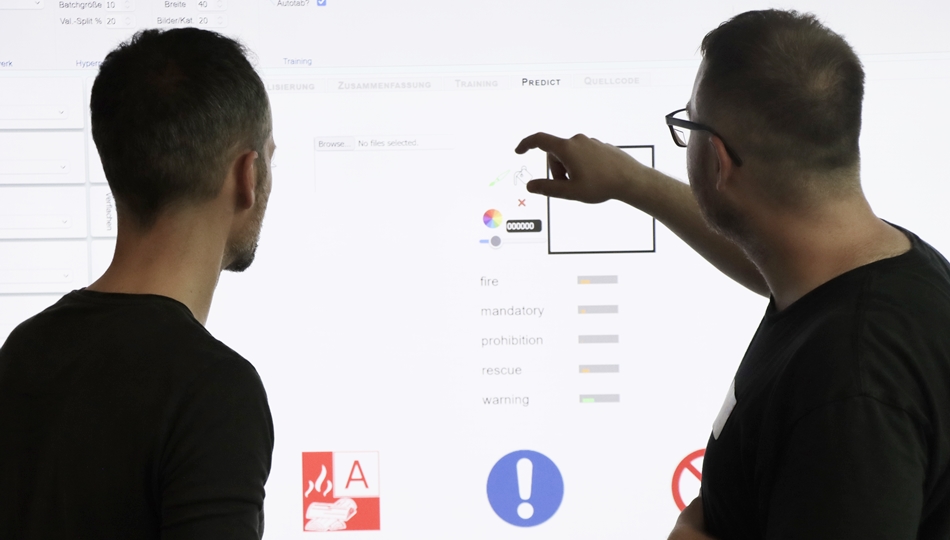
Klartext: A tool to generate texts in easy language!
It is estimated that between 10 and 17 million people in Germany have reading difficulties, including functional illiterates and people with reading and writing disorders and mental impairments. In the course of internationalization, the number of non-native speakers has also increased in recent years. All of these people could benefit from texts written in easy-to-understand language. Klartext makes this possible, a software that translates (scientific) website content into easy-to-understand language. Target groups include the general public, journalists, students and academics as well as experts from industry.
Prof. Michael Färber’s team members, Mario Tawfelis and Hardik Ghoshal, joined OUTPUT.DD to answer questions around the Klartext demo.
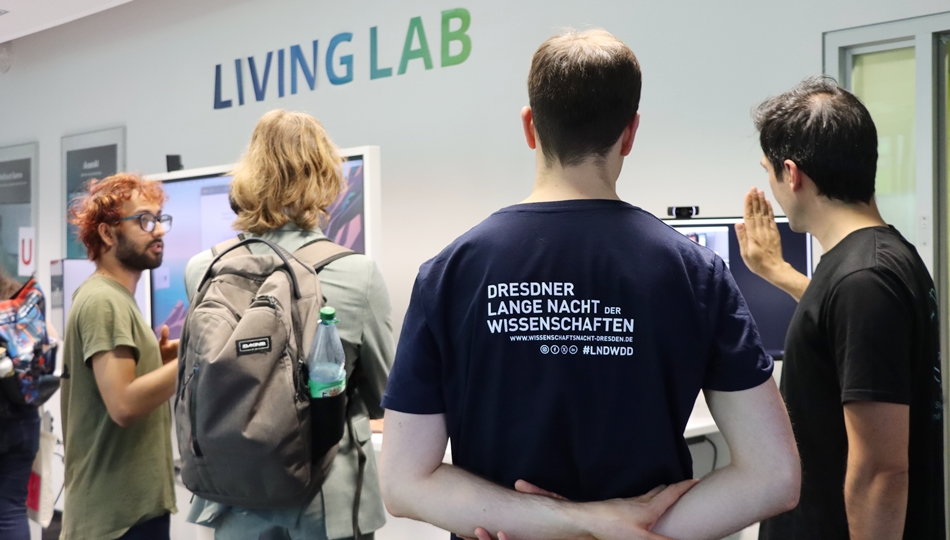
JUmPER: Jupyter meets Performance
JUmPER is a dedicated kernel for the Jupyter environment, providing both coarse-grained performance monitoring and fine-grained analysis capabilities for Python user code. It provides the following main features:
- Collection of performance system metrics alongside executed code
- Visualization of performance system metrics directly in Jupyter
- Support of local and multi-CPU/GPU HPC setups
- Export of performance system metrics for additional data analysis tasks
- Instrumentation of user code with Score-P for further detailed performance insights
Elias Werner presented JUmPER: Jupyter meets Performance.
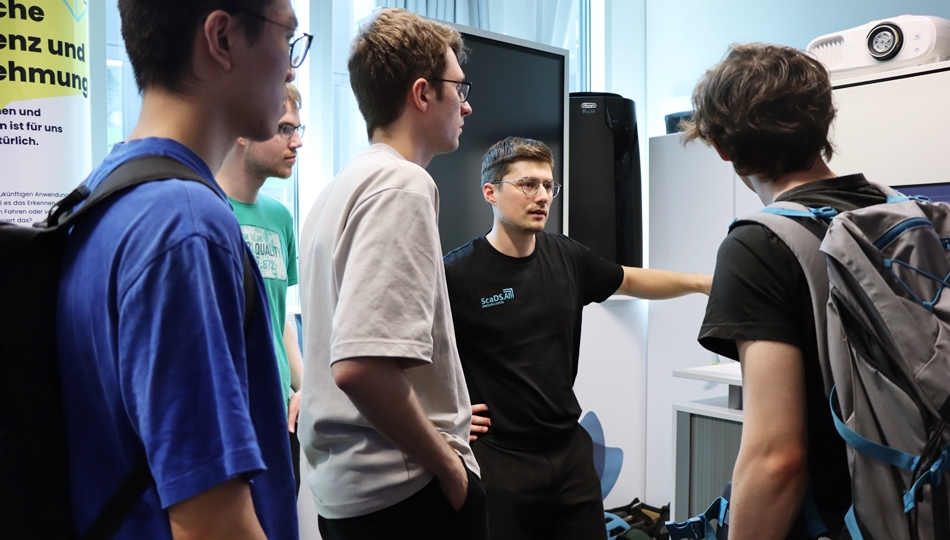
OUTPUT.DD 2025
OUTPUT.DD 2025 was a highly successful event with more than 30 projects being showcased, four of them by ScaDS.AI Dresden/Leipzig. This year’s event was the 19th project show of the Faculty of Computer Science of TU Dresden. It was a pleasure to learn about the many great projects that are being created at the faculty and at the university. Furthermore, the booths of scientific institutions and tech companies gave an interesting insight into the latest services, products, and projects. We thank the organizing team of the faculty for their great work and look forward to the next project show!
